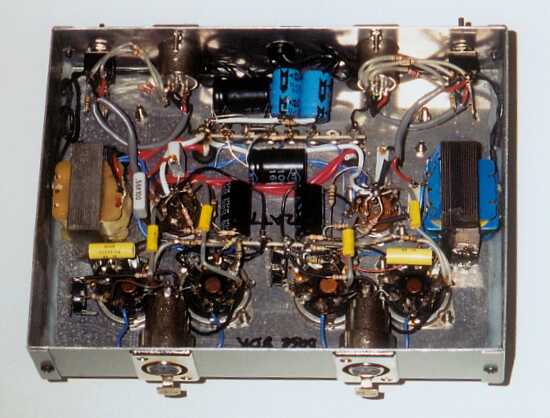
"The 'Shroom"
Not for public viewing
Please do not link to this page until this notice is removed.
The 'Shroom is an innovative balanced microphone preamplifier,
designed to add that special tube "warmth"
for professional and semi-professional use.

| Qty: | Type: | Description: | Function |
| 2 | 717A or 6AK5 | Low-noise Pentode | Direct-coupled input stage |
| 1 | 12AT7A/ECC81 | Dual triode | Second stage RC-coupled amplifier |



|
Contact:
You may contact me regarding this project via email. I'd be happy to hear from you, and any bug reports or suggestions for improvement are always welcome. To find out what other kinds of trouble I get into, check out my sites listed below: |
|
Back to Tube Projects Main Page
My main Dogstar Music site Fred's ZX81 retro computer page My Theremin Exploits 
Original music on IUMA.com ... and on Soundclick. Nice bio. |